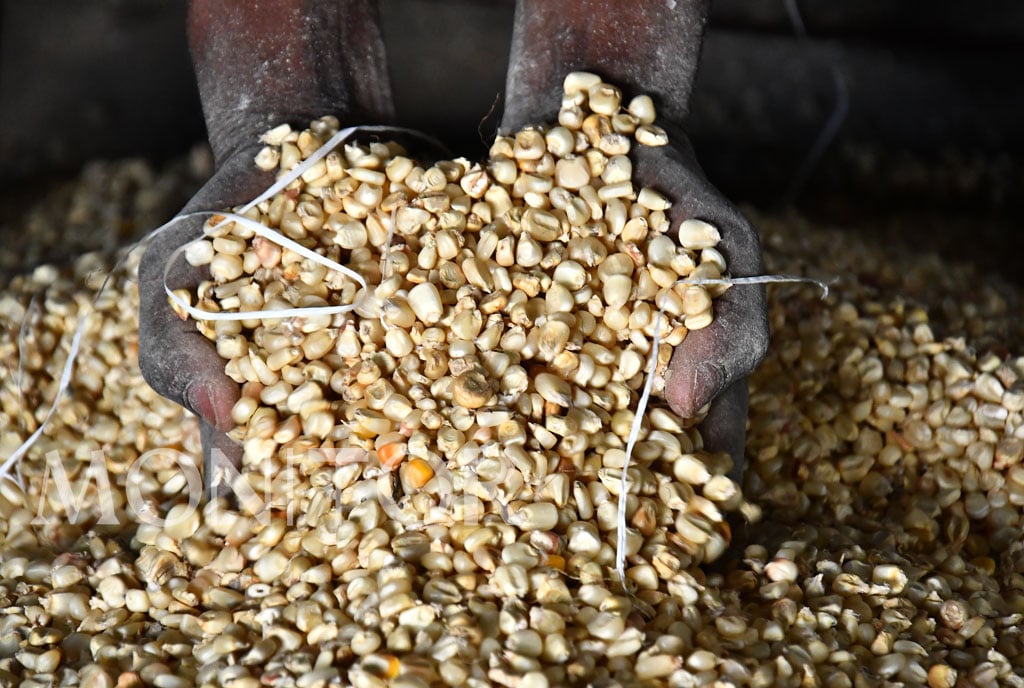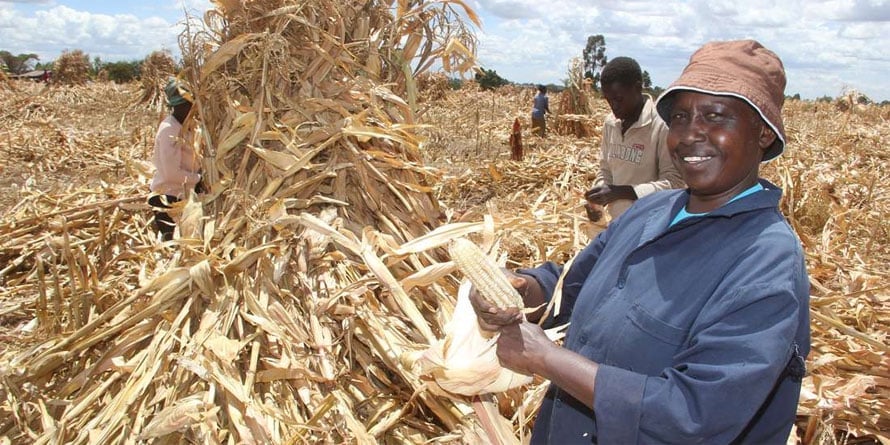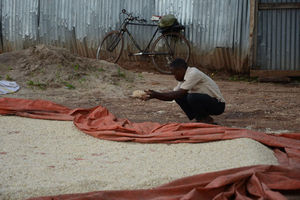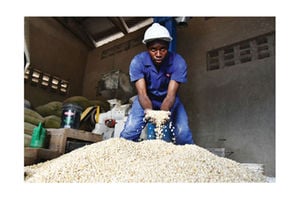
A farmer displays maize in Bugweri District on May 17, 2024. PHOTO/MICHAEL KAKUMIRIZI
When most leaders speak about the importance of agriculture in national development they tend to dwell more on agronomical practices such as soil conservation, application of fertilisers, weed control, and planting high yielding seeds among others without mentioning the need for appropriate storage of harvested crops.
Yet according to some estimates, about 30 percent of agricultural production losses in Africa are attributed to poor storage of harvested crops. It is one thing to come up with big yields and quite another to keep and sustain the harvested crop.
Effective post-harvest handling of cereals such as millet, sorghum, maize, and wheat and pulses such as peas, cowpeas and beans or oil seeds such as sunflower and soybean is therefore very important for food security and economic development.
The nature of food reserves contained by the harvested grain and the texture of their different seed coats matters as far as which pests attack the respective harvested crops. Some crops contain more of what the respective pests like to eat.
For example, weevils tend to prefer rice, maize and sorghum, while some beetles tend to like ground nuts, maize, and beans. Rats generally don’t go for beans and peas but they feast on maize and groundnuts. Rats also contaminate grain with their excretions besides gnawing holes in the bags containing the cereals.
Agriculturists recommend the use of strong airtight bags and plastic containers obtained from farmers’ shops to protect dry grain from pest attack. Since they are airtight, they will not let in oxygen and no living organisms, even pests, will survive where there is no oxygen.
This method of protecting grain from pests is considered to be quite safe since it does not involve the use of pesticides which are chemicals designed to kill pests but may be improperly applied and harm the consumers of the grain.
Grain should be dried to the moisture content level of 14 percent. In their groups, farmers and other players in the grain value chain should purchase moisture metres to ensure that grain is properly dried. Moist conditions can cause grain to deteriorate by germinating or gathering moulds.
Regular drying of the crop under the sun minimizes the multiplication of pests in the grain.
According to Ngugi D N, Karau P K and Nguyo W (East African Agriculture) storage insects cause global losses amounting to 13 million tons annually, mainly in the tropics.




